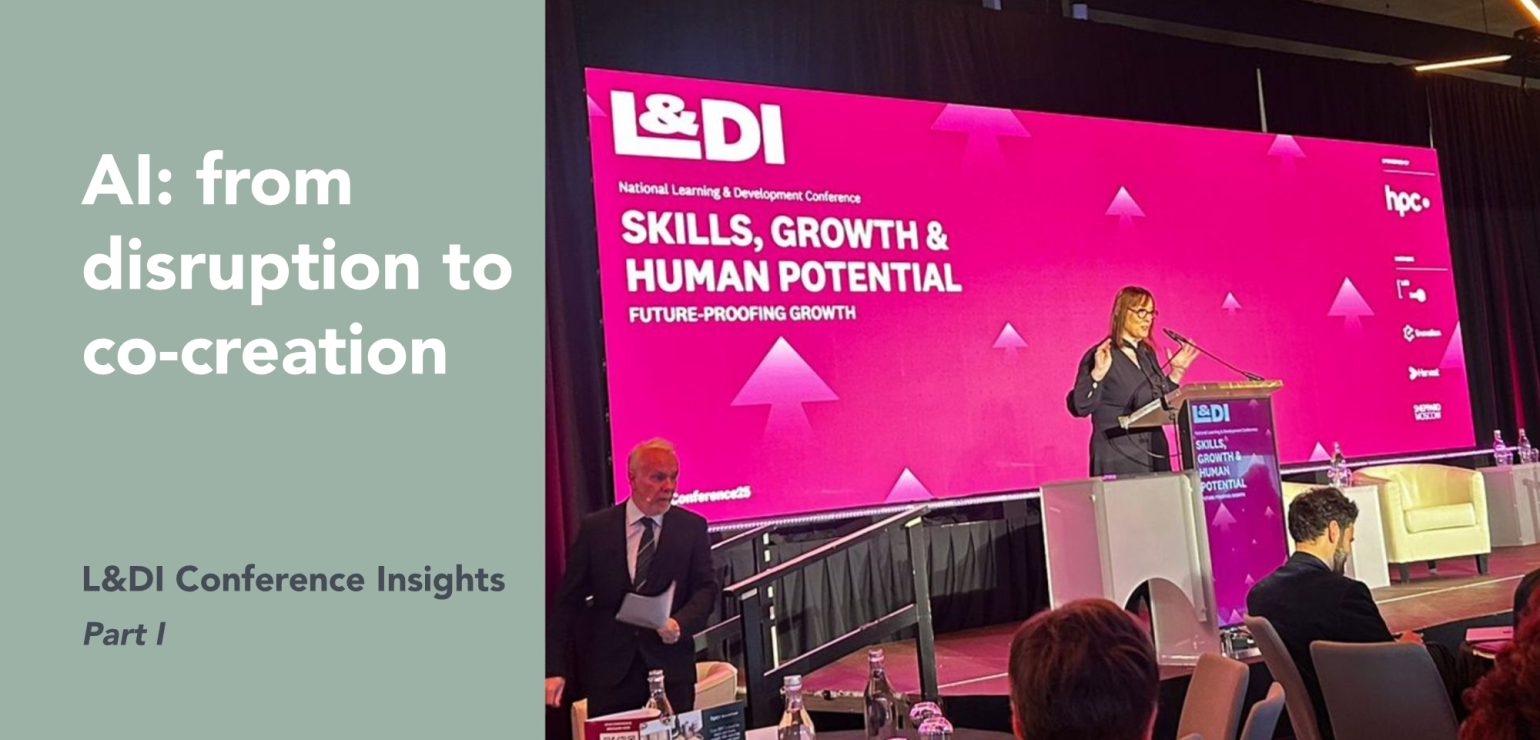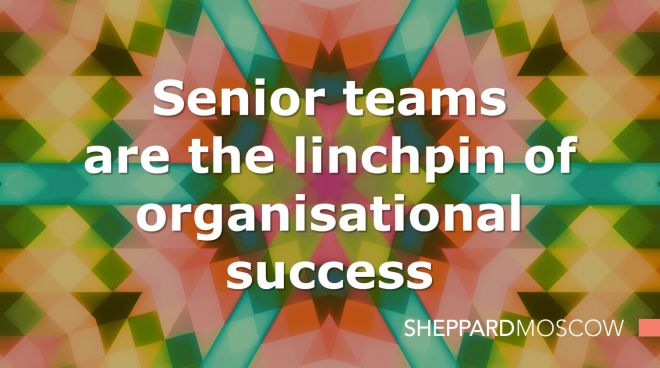Leadership in a matrix organisation

We explore the human dynamics of the matrix organisation, and discuss why collaboration, trust, discretion and informality are key to matrix leadership. In fact, the more complexity in an organisation, the more we need to work emergently, negotiate roles and collaborate in a boundary-less way across the whole organisation.
Tolstoy observed that ‘we’d all rather change the world than change ourselves’ and perhaps this is why so many brilliant business strategies flounder for the lack of an appropriate ‘human operating system’. The strategy and structure are right, the processes are aligned; but the people, the management practices, the mindsets; and the behaviours – top down and bottom up – are still not ‘humming’ (or working effectively). Nowhere is this more evident than in businesses that depend on a matrix structure.
Within a global financial services company, old hierarchical reflexes had endured and calcified - despite moving to a matrix structure several years prior. In their complex business, the inability to work with agility and lightness in the global triple matrix: geographies, product / service lines and functions – was becoming an ever-increasing problem. Customisation and creativity had always been key to their competitive success but now, with more demanding consumers, the pressure was on to scale and maintain their leading position in their chosen markets, whilst maintaining margins and responding with speed.
One of the regional leadership teams in Europe, caught between huge opportunities in the fast-growing markets in the world and what they saw as ‘broken’ relationships between the different parts of the matrix, felt something had to be done, and done quickly. They simply had to get better at working with the tension between growing global brand equity and enhancing local relevance – because constant conflict in the matrix was impacting on their ability to meet their targets for sales and margins, and resulting in low morale and increased talent attrition.
Given all other interventions had seen limited results – measures, exhortations, persuasion, reorganisations, reassignments – we knew there was nothing for it but to bring everybody together to thrash it out collectively. To work collectively, as one system, and have an honest conversation about why things didn’t work.
So, in a serious of large meetings / workshops, they worked live on each matter that ailed them, finding better ways of working as they went along, building trust, developing mutual understanding, beginning to get truly aligned for the first time. Gradually the work of every conversation, every root cause analysis, became clear – partner with each other more effectively; recognise that good partnering is in part attitudinal (you have to see yourself as on the same team, shooting for the same shared goal) and in part behavioural (you must demonstrate openness, the ability to deeply listen, at the same time as advocating and debating differences with rigour!).
And then they began to systematically focus on what was required for each key team in the regional matrix to work better together: not just what needed to be done or how to do it, but developing the practices, the mindsets, and the behaviours that they would have to adhere to for sustainable and continuous success.
This is one story, but there’s a universal story here too – a story we see in manufacturing, luxury brands and professional services too. When the scale of operation and level of complexity reach a certain point, shifting to a matrix structure may be the only choice. And yet, we see that matrix organisations seem to inevitably throw up the same unavoidable challenges regardless of setting:
Firstly, shifts to matrix organisations flounder unless you change the nature of your leadership - and that may include changing some people. The human reflexes that help some leaders thrive in a power hierarchy may not be very well adapted for new lateral structures that thrive on collaboration and trust.
Secondly, we invest in systems and processes but not in the human operating systems that enable them; yet complexity and knowledge intensity ensure that it is human relationships that are the key factor in business success under matrix conditions.
Finally, the most important aspects of human relationships – the source of value and of influence in matrices – rarely lies in the formal hierarchy. It lies with those who are essential to the business model functioning – whether they be the creatives, the rainmakers, the back office, the specialists, the IT enablers, or some other group entirely. And it is the partnership between these key actors that keeps the wheels turning smoothly.
The reality of this dynamic, this hidden energy source, isn’t always obvious to us or accepted. It’s extraordinary how psychologically we keep acting ‘as if’ the formal hierarchy has the control and steers the business, even while all our day-to-day experience shows us that that is manifestly untrue.
How then do we enable human performance in the matrix?
Partnering, collaborating, and the ability to team; alignment and the ability to manage conflict and work with inherent tensions, paradoxes and ambiguity; these are what matter in complex matrix organisations. Matrix organisations thrive where they create space and permission for people to speak the truth about what they are experiencing and what’s going on and allow them to address it.
Good facilitation can help create the climate where honest conversations can be had, elephant in the room recognised, and steps taken. With our clients we work to bring our presence and apply our experience to work alongside matrix teams as they work through their issues, casting a spotlight on what’s helpful and what’s unhelpful about practices, mindsets and behaviours as they show up live and in the moment.
With our help, this financial services company is learning to work the matrix better in other regions of the world too now; and the focus of the work has shifted to majoring on three key aspects of the human operating system:
- Clarity: clarity on shared goals, working together to align (and sometimes renegotiate) roles and responsibilities. Contracting for shared outcomes
- Collaboration: deliberately investing in relationships and developing critical partnering behaviours of listening, openness and advocating
- Communication: staying consistently in contact across the interfaces, sharing stories and practice, continually reviewing and reflecting on learning

 Johnny Kelleher
Johnny Kelleher  Deborah Gray
Deborah Gray 
 Aoife Keane
Aoife Keane 
